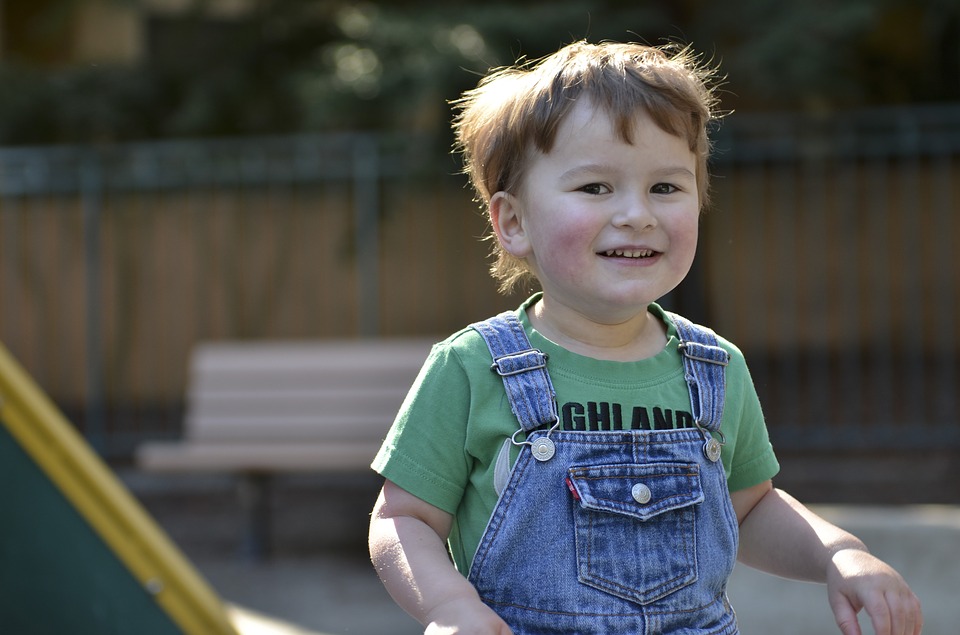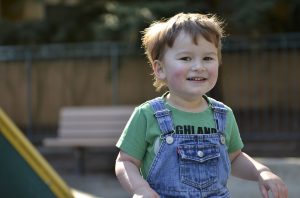The scientific field of educational psychology studies the relationship between learning processes and the individual differences in cognitive development, motivation and intelligence. The majority of children are able to understand and learn teachings in the classroom, certain developmental disorders however, literacy and numeracy difficulties need more specific attention. This field aims to enhance classroom teaching to facilitate different learning processes, though some of these alternative methods have been faced with backlash especially in the case of students under the autistic spectrum.
Autism is a developmental disorder which has many theorised factors causing it. Genetic factors, such as a mutation on the X chromosome, and environmental factors, such as perinatal exposure to air pollution, have been thought to be the main causes. Those on the autistic spectrum range display a large range of different signs and symptoms and can vary significantly from person to person. This variation means that teaching those on the spectrum poses some difficulties, particularly in personalising the teaching method to cater to different levels of severity in this disorder. Several such forms of teaching autistic children have been theorised and tested.
A 2013 British documentary followed the controversy around the use of Applied Behaviour Analysis (ABA) in teaching new skills to children displaying autistic behaviours. ABA is based off of the teachings of psychologist and behaviourist B.F. Skinner which uses a system of rewards and consequences to modify behaviour. It starts by assessing the functional relationship between someones behaviour and the environment and aims to change the undesirable autistic behaviour. Since its first use on autistic children since the 1960s, there has been some backlash to its harsh nature of consequences. The Autism Research Centre in Cambridge published a 2009 paper saying that approaches, such as APA, are only leading to a behavioural change and not a change in conceptual development. Some ethical issues are considered as its thought the children don’t learn for personal gain but to please the adults. Despite this backlash, a 2010 meta analysis has shown that the use of ABA intervention has shown to large positive results in intellectual functioning, language development, acquisition of daily living skills and social functioning in children with autism.
The Autism Research Centre suggested a newer two‐factor psychological theory of autism spectrum conditions and provides some more “autistic-friendly” educational method based on this theory. The two-factor theory was created by two researchers and states that emotion has 2 factors: physiological excitation and cognitive label. When someone feels an emotion, an arousal occurs and an individual uses environmental cues to label the physiological arousal. The majority of people are able to read these cues and use them to label their emotions. Although, those with autism often struggle to read these cues.
The understanding of this E-S theory can implicated in education as a format by ‘systemising empathy’ presents emotions. Helping autistic children read emotional expressions using this system on a computer has shown to significantly improve emotion recognition. The use of DVDs to teach reading emotions is regarded as an educational method that links well to a theory of the autistic mind as the children need little motivation or reward to watch it. Lastly, a teaching method to show significant improvement in group learning of autistic children is Lego Therapy. In this method, three children have to learn to play with the Lego collaboratively rather than alone and similarly to using DVDs, the children need no external reinforcement to do it.
In conclusion, given that autism is a spectrum and different in each individual, no single all-encompassing method of education exists. What has become increasingly apparent is that ethical considerations should be taken into account since we can’t expect autistic children learn in mainstream school environments especially when threatened with harsh consequences. Therefore, the teaching methods that adapt teaching styles to suit autistic minds whilst also motivating them to learn seem to be the best practices of teaching children with autism.






